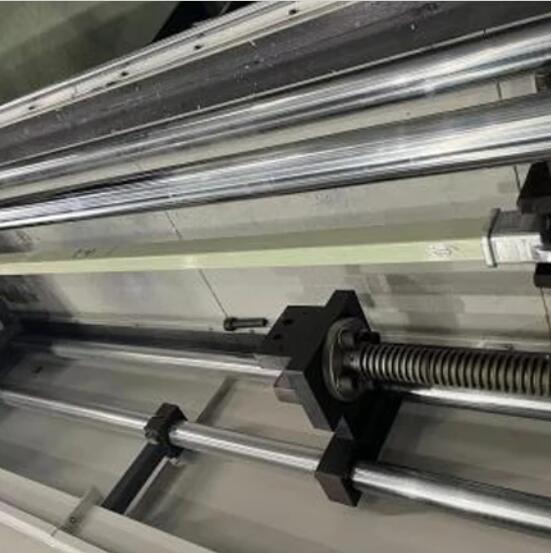Crafting the Future: The Intricate Art of Manufacturing Fiberglass Composite Crossarms
2023-11-27
Introduction:
In the realm of utility and power distribution, the evolution of materials and manufacturing processes plays a pivotal role in shaping the durability and efficiency of infrastructure components. Fiberglass composite crossarms, heralding a new era in utility construction, are crafted through a meticulous manufacturing process that combines cutting-edge technology with engineering precision. In this blog, we'll embark on a journey through the manufacturing process of fiberglass composite crossarms, unraveling the techniques and materials that bring these innovative structures to life.
The Core Materials:
1. Fiberglass Reinforcement:
- Composition: Fiberglass, composed of fine glass fibers, serves as the primary reinforcement material. These fibers provide the crossarm with strength and rigidity.
- Forms: The fiberglass reinforcement comes in the form of continuous strands, mats, or fabrics, depending on the specific requirements of the crossarm design.
2. Resin Matrix:
- Composition: Epoxy or polyester resins act as the matrix that binds the fiberglass reinforcement together. These resins are chosen for their ability to cure into a strong and durable composite material.
- Function: The resin matrix not only binds the fiberglass but also provides protection against environmental factors such as moisture and UV radiation.
The Pultrusion Process:
1. Preparing the Fiberglass:
- Saturating the Fibers: The continuous fiberglass strands are saturated with the chosen resin, ensuring that each fiber is uniformly coated.
2. Pultrusion Machine:
- Feeding the Fibers: The resin-coated fiberglass strands are fed into a pultrusion machine.
- Heating Zone: The machine consists of a series of heated zones that facilitate the curing process.
3. Shaping and Forming:
- Die and Mold: The pultrusion process involves pulling the resin-soaked fiberglass through a heated die or mold. The die defines the final shape and dimensions of the crossarm.
- Curing: As the composite material moves through the heated die, it undergoes curing, transforming the resin and fiberglass into a solid, cross-linked structure.
4. Cutting and Finishing:
- Cutting to Length: Once the crossarm profile is fully formed and cured, it is cut to the desired length.
- Finishing: The cut crossarms may undergo additional finishing processes, such as trimming or sanding, to achieve the precise dimensions and surface quality required.
Post-Production Steps:
1. Quality Control:
- Testing: Various quality control measures are employed to ensure that the manufactured crossarms meet specified standards. This may include adhesion testing, dimensional checks, and other performance evaluations.
2. UV Protection:
- Coating: To enhance UV resistance, some manufacturers may apply additional coatings or treatments to protect the composite material from the degrading effects of sunlight.
3. Assembly and Customization:
- Attachments: Crossarms may be fitted with hardware or attachments based on project requirements.
- Customization: The final crossarms can be customized further in terms of color, size, and additional features.
Benefits of Pultrusion:
1. Consistency: The pultrusion process ensures consistent and uniform properties throughout the length of each crossarm.
2. Efficiency: It is a continuous and automated process, contributing to high production efficiency.
3. High Fiberglass Content: Pultruded crossarms typically have a high fiberglass content, enhancing their strength and durability.
Conclusion:
The manufacturing process of fiberglass composite crossarms is a harmony of materials and technology, combining the strength of fiberglass reinforcement with the versatility of resin matrices. From the precision of pultrusion to the final quality control measures, each step contributes to the creation of crossarms that redefine the standards of utility construction. As fiberglass composite technology continues to advance, these crossarms stand as beacons of innovation, offering a blend of strength, durability, and efficiency that paves the way for the future of power distribution infrastructure.


